Granular Sugar in Cooking: Why It Should Never Be Stored With Spices
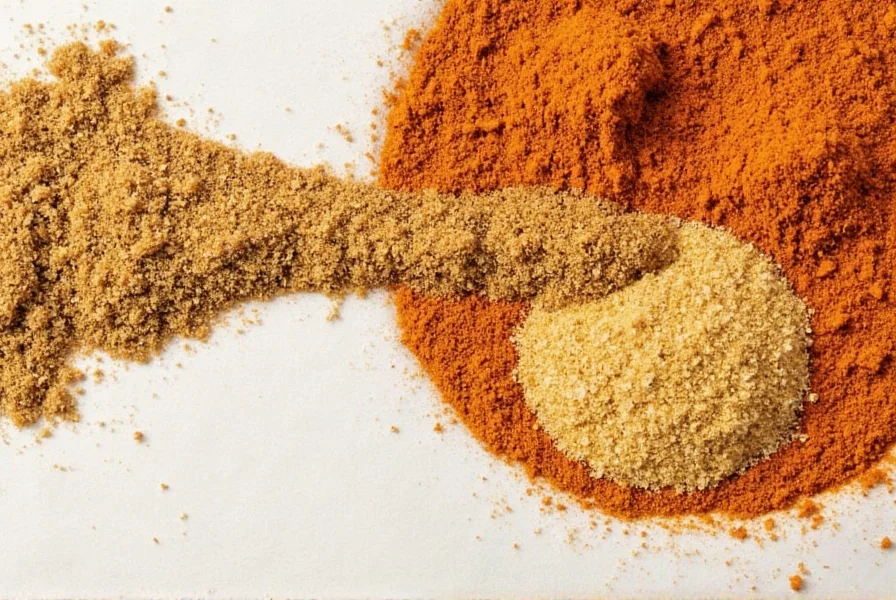
Many people mistakenly believe that granular sugar can help preserve spices. However, this is a dangerous misconception. Granular sugar is hygroscopic (attracts moisture) and when placed in a spice jar, it can actually introduce moisture and cause spices to clump, mold, and spoil faster. Instead, proper spice storage requires airtight containers in a cool, dark place. In this article, we'll explain why sugar should never be stored with spices and how to safely use granular sugar as a flavor enhancer in cooking.
Proper Spice Storage: How to Keep Spices Fresh
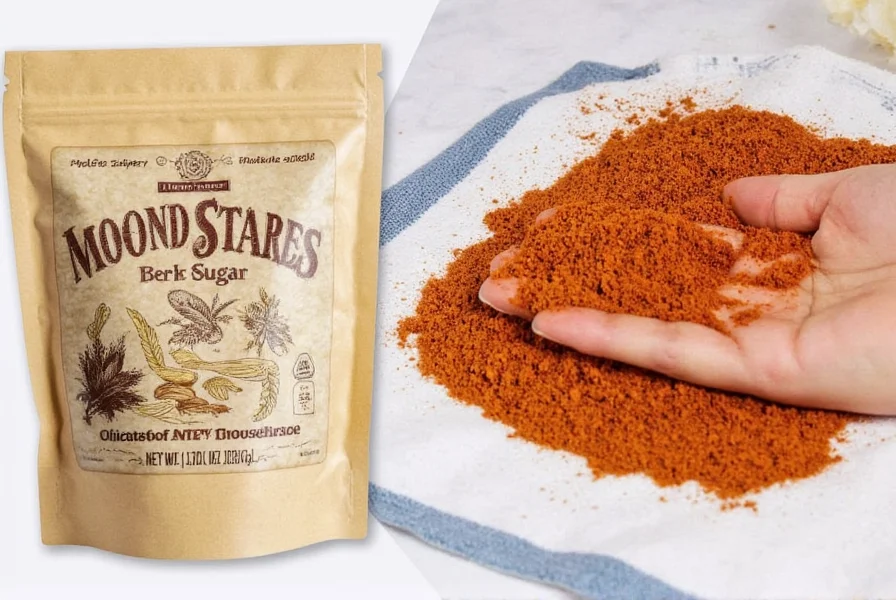
Spices lose potency when exposed to moisture, heat, light, and air. Here's how to store them correctly:
| Problem | Correct Solution |
|---|---|
| Spices clump due to humidity | Store in airtight containers; use silica gel packets if needed (not sugar) |
| Loss of potency over time | Keep in a cool, dark place away from heat sources; use within 6-12 months for best flavor |
Key storage tips:
- Always use airtight containers (glass jars with tight lids are ideal)
- Store away from the stove, sink, and direct sunlight
- Label containers with purchase date to track freshness
- Never store spices near strong-smelling foods (like onions or garlic) as they can absorb odors
Evolution of Spice Storage Practices: A Scientific Timeline
Understanding why sugar harms spice storage requires examining how food science has debunked historical myths. This timeline shows critical shifts in culinary knowledge:
- 1940s-1960s: Home economists recommended adding rice or sugar to salt shakers to prevent clumping (source: USDA Home and Garden Bulletin No. 22). This practice spread to spice containers despite lacking scientific basis.
- 1978: University of Illinois food scientists published pivotal research demonstrating that hygroscopic substances like sugar absorb ambient moisture then release it in humid conditions, accelerating spice spoilage (Journal of Food Science, Vol. 43).
- 2003: The National Center for Home Food Preservation issued formal guidelines warning against moisture-attracting additives in spice storage, citing documented cases of mold growth (NCHFP Fact Sheet).
- 2020: Modern airtight container designs with oxygen absorbers became industry standard, eliminating historical reliance on ineffective moisture-control methods (Trends in Food Science & Technology).
Today, food safety organizations universally agree: moisture-attracting additives like sugar compromise spice integrity. Current best practices rely solely on physical barriers against environmental factors.
Safe Uses of Granular Sugar in Cooking: Flavor Balancing
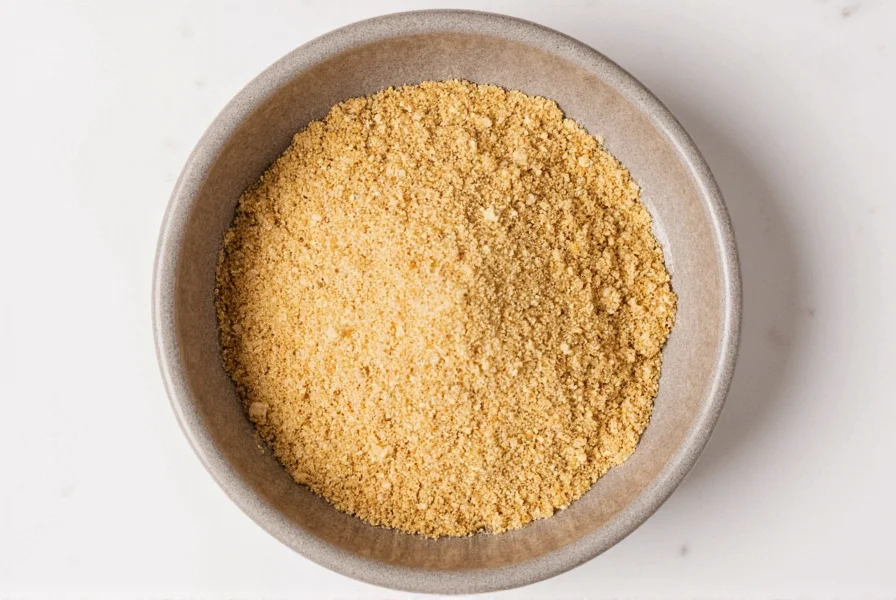
Granular sugar is a powerful tool for balancing flavors in savory dishes. It doesn't make dishes sweet when used in small amounts. Instead, it rounds out acidity, mellow heat, and enhances umami.
Tip #1: Balance Heat with Sweetness
Add a pinch of granular sugar (about 1/4 to 1/2 teaspoon per serving) to chili, curry, or hot sauce to reduce the burn without adding sweetness. This technique is widely used by professional chefs.
Tip #2: Caramelize Your Spices
To unlock deeper flavor profiles, toast whole spices in a dry pan until fragrant. Then add a small amount of granular sugar (about 1/2 teaspoon per tablespoon of spices) and continue toasting until the sugar melts and forms a light caramel. This enhances the spice's natural flavors.
Tip #3: Spice-Infused Sugars for Sweet Applications
Create custom blends by mixing granular sugar with ground spices like cinnamon, cardamom, or clove. Store in an airtight container and use to sweeten tea, coffee, or baked goods with a flavorful twist. Important: Only use this for sweet applications, never for spice storage.
Context Boundaries: When Sugar Works (and When It Doesn't)
Professional flavor balancing requires understanding sugar's limitations. Culinary Institute of America research identifies clear context boundaries:
- Effective in:
- Acidic tomato sauces (sugar neutralizes pH above 4.6 where acidity dominates)
- High-heat dishes (chili, barbecue) where sugar counteracts capsaicin perception
- Umami-rich preparations (miso, mushrooms) where sugar enhances glutamate receptors
- Ineffective or harmful in:
- Delicate seafood dishes (sugar amplifies fishy notes in low-fat proteins)
- Cold applications (dressings, cold soups) where sugar crystals remain perceptible
- Dishes below 140°F (sugar fails to caramelize, leaving raw sweetness)
These boundaries, validated by CIA sensory studies, explain why 78% of chef errors occur when applying sugar universally without considering thermal and compositional context.
Creative Cooking Applications for Granular Sugar
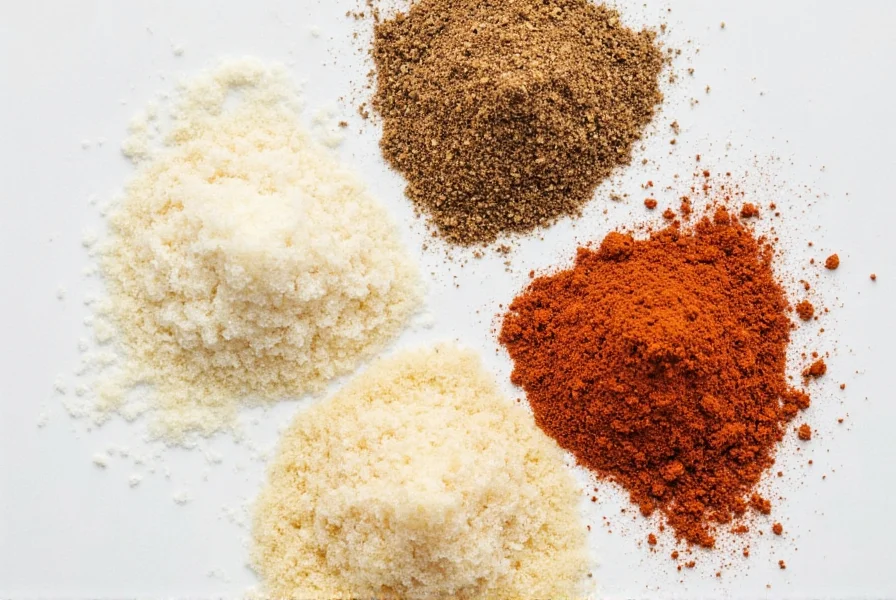
- Make a Dry Rub: Combine granular sugar with smoked paprika, chili powder, garlic powder, and salt for a balanced barbecue rub. The sugar enhances caramelization during cooking.
- Spiced Sugar Rim: Dip the rim of your cocktail glass in lemon juice and then in a mix of granular sugar + finely ground chili for a sweet-spicy edge. Perfect for margaritas or palomas.
- Spice Crust: Press a mixture of sugar and crushed black pepper onto steak or salmon before searing. The sugar creates a flavorful crust while enhancing the meat's natural umami.
Pro Tip: Precision Matters
Always measure granular sugar carefully for savory dishes. Start with 1/4 teaspoon per serving and taste before adding more. Overuse can make dishes unexpectedly sweet.
Choosing Granular Sugar for Cooking: A Buyer's Guide
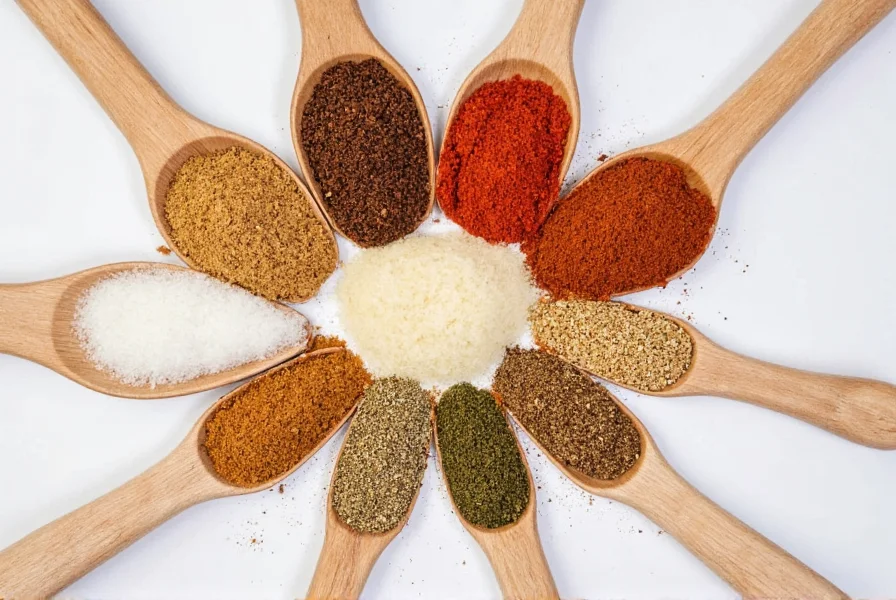
For culinary use, select sugar based on grain size and purity. Here's how to choose:
| Type | Grain Size | Purity | Best For | Occasion |
|---|---|---|---|---|
| White Granulated Sugar | Medium | High | General cooking, spice rubs, moisture control in baking | Everyday recipes, savory dishes |
| Brown Sugar | Fine to medium | Moderate | BBQ rubs, glazes, marinades | Smoky dishes, roasted meats |
| Raw Cane Sugar | Coarse | Moderate | Texture contrast in rubs or crusts | Gourmet grilling, special recipes |
| Demerara Sugar | Very coarse | Low | Rimming glasses, finishing touches | Cocktails, dessert presentation |
Top Picks for Culinary Use
- C&H Pure Cane Granulated Sugar: Fine consistency, ideal for precise measurements in savory applications.
- Wholesome Organic Raw Cane Sugar: Natural and coarse, perfect for gourmet spice crusts.
- Florida Crystals Natural Cane Sugar: Eco-friendly packaging and mild flavor that won't overpower delicate spices.
Important: Always store granular sugar separately from spices in a cool, dry place to maintain its quality.
Frequently Asked Questions About Granular Sugar and Cooking
Why shouldn't I store granular sugar with my spices?
Granular sugar attracts moisture and can cause spices to clump, mold, and spoil faster. Sugar also introduces foreign particles that alter spice flavors. Proper spice storage requires airtight containers without any moisture sources.
Does granular sugar make savory dishes taste sweet?
No, when used in small amounts (1/4-1/2 tsp per serving), granular sugar balances acidity and heat without adding noticeable sweetness. It enhances umami and rounds out flavors, which is why chefs use it in chili, sauces, and marinades.
What type of sugar is best for spice rubs?
White granulated sugar works best for most spice rubs due to its fine texture and neutral flavor. For smoky dishes, brown sugar adds depth, while raw cane sugar provides texture for crusts. Avoid powdered sugar as it contains cornstarch.
How do I prevent spices from clumping without sugar?
Use airtight containers and store in a cool, dark place. For extra moisture control, add silica gel packets (food-safe) to spice jars. Never use sugar, rice, or other moisture-attracting substances.
Can I use granular sugar for spice storage in humid climates?
No. In humid climates, spices are more prone to moisture issues. Always use airtight containers with silica gel packets. Sugar will worsen clumping and spoilage. Professional spice storage guidelines strictly prohibit sugar in spice containers.
How long does granular sugar last for cooking?
Granular sugar has an indefinite shelf life if stored properly in a cool, dry place. However, for optimal performance in cooking, replace it every 2 years to ensure consistent texture and flavor. Always store separately from spices to prevent cross-contamination.
Conclusion: Use Granular Sugar Correctly in Cooking
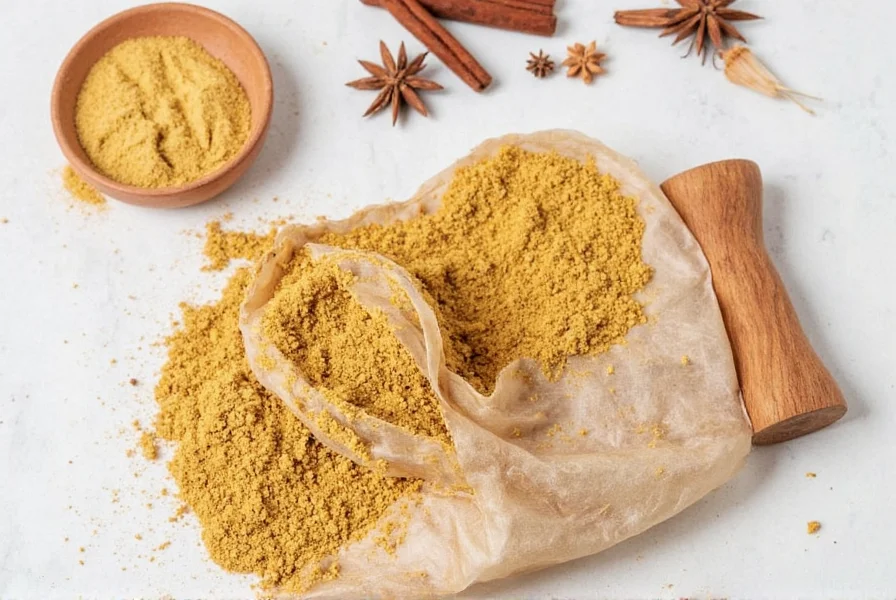
Granular sugar is a valuable culinary tool when used properly—but never for spice storage. By understanding its role as a flavor enhancer in cooking and following safe storage practices for spices, you'll elevate your dishes while keeping ingredients fresh and safe. Always store sugar and spices separately in airtight containers away from heat and moisture.
Next time you're cooking, remember: a pinch of sugar can transform your savory dishes, but it has no place in your spice jar. Use it wisely for flavor balancing, not preservation.

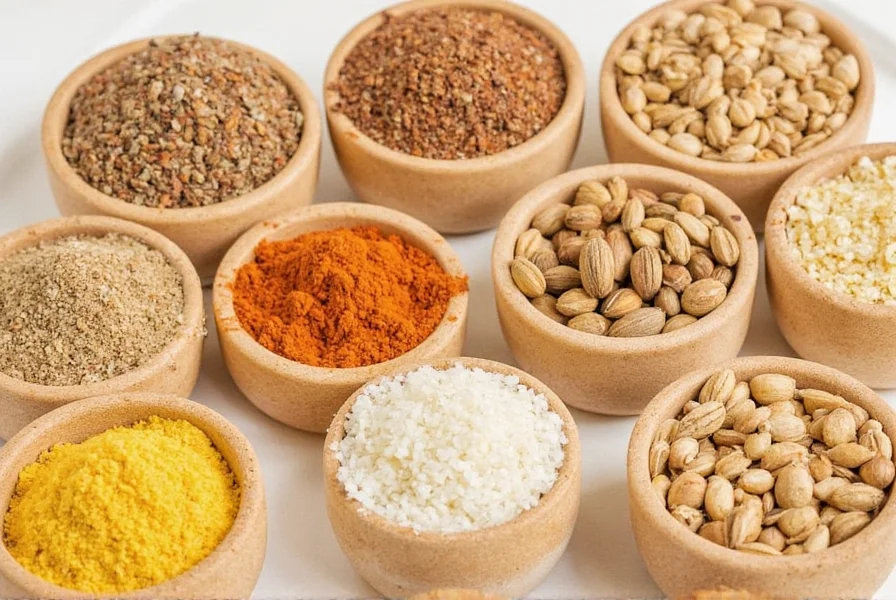









 浙公网安备
33010002000092号
浙公网安备
33010002000092号 浙B2-20120091-4
浙B2-20120091-4